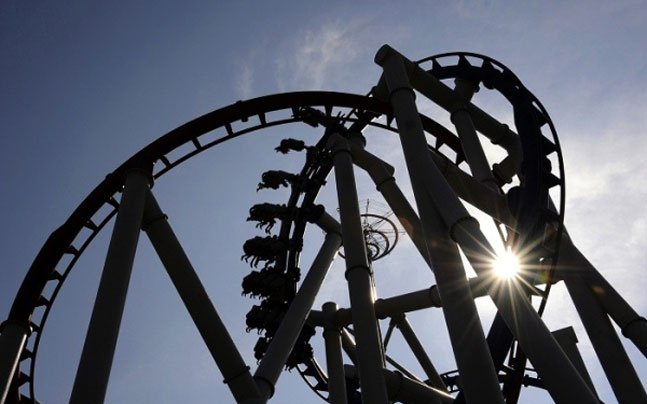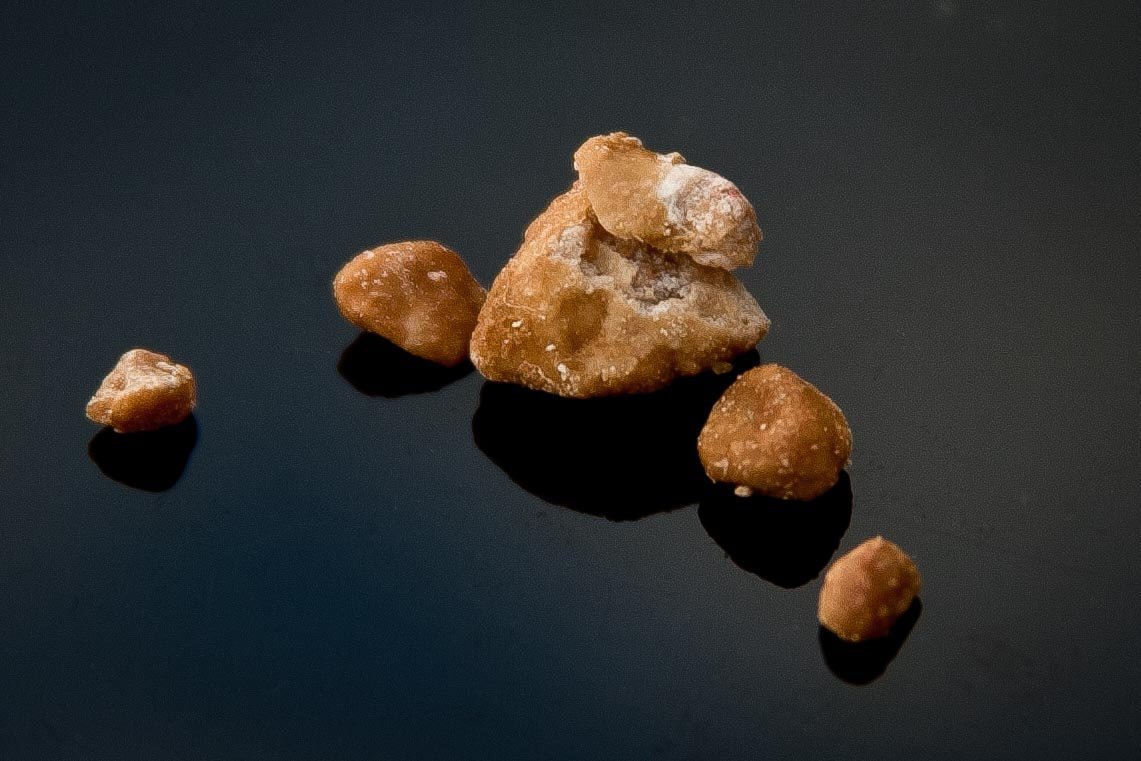Riding roller coasters helps patients with kidney stones, pass the stone with more ease, according to scientists who found that the activity helps patients pass stones with 70% success rate.

“I had patients telling me that after riding a roller coaster, they were able to pass their kidney stone. I even had one patient saying he passed three different stones after riding multiple times,“ said David Wartinger, urologist at Michigan State University .
Using a validated, synthetic 3D model of a hollow kidney with three kidney stones no larger than 4 millimetres, he took the model in a backpack and rode a roller coaster 20 times.
“ Sitting in the last car of the roller coaster showed a 64% passage rate, while sitting in the first few cars only had 16% success,“ Wartinger said. Then the researchers rode the same roller coaster with multiple kidney models attached to the researchers.

They also found that both studies showed a 100% passage rate if the stones were located in the upper chamber of the kidney . Wartinger said roller coasters too fast or too violent won’t work as the G-force pins the stone into the kidney and doesn’t allow it to pass. “The ideal coaster is rough and quick with some twists and turns, but no upside down or inverted movements,“ he said.
Lithotripsy , which breaks apart kidney stones that are too large to pass, is a common treatment but it can leave remnants in the kidney which can result in another kidney stone.
Feature Image Source: Reuters

















